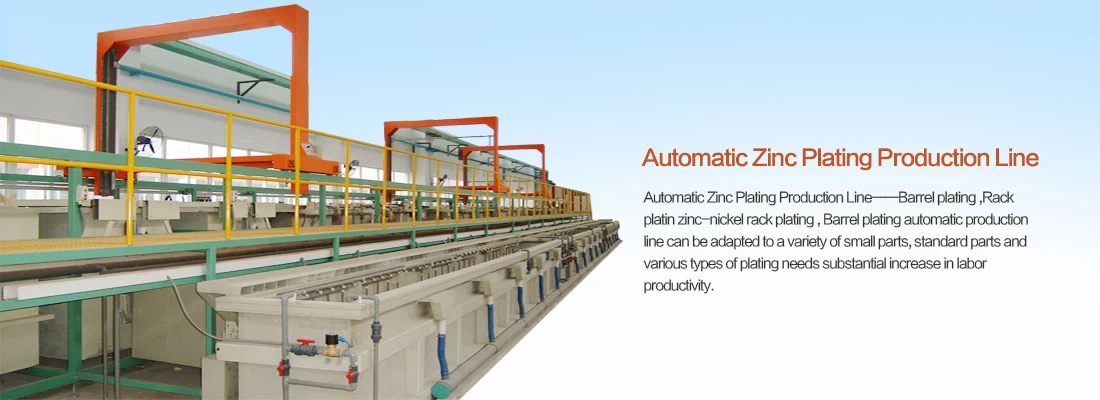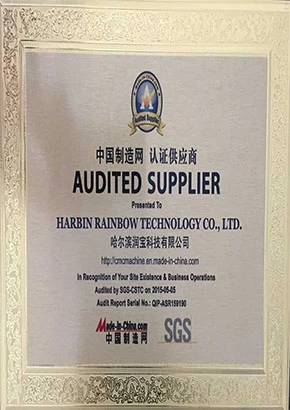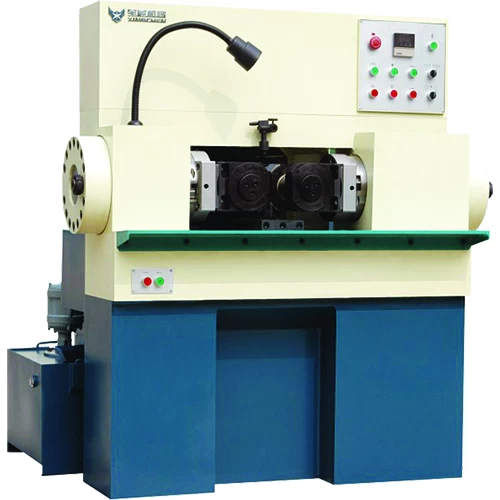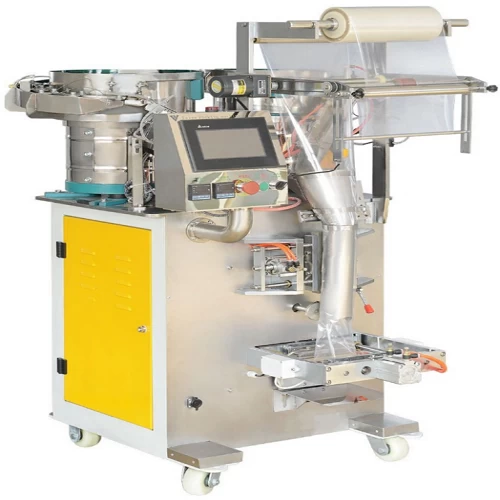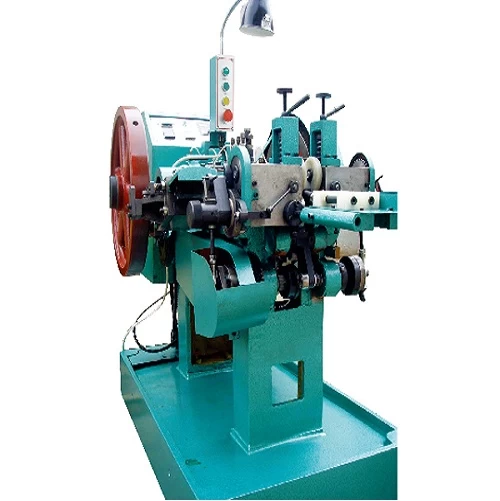The hot-dip galvanizing process typically involves the following steps
Vangel
2023-11-16 13:56:48
The hot-dip galvanizing process typically involves the following steps:
1. Surface Preparation: The steel component is cleaned to remove any dirt, grease, or oxides using processes such as degreasing and acid pickling.
2. Fluxing: The clean steel is dipped into a flux solution, usually containing zinc ammonium chloride, to remove any remaining oxides and provide a protective layer on the surface.
3. Galvanizing Bath: The steel is then immersed into a molten zinc bath, typically maintained at a temperature of around 450-460°C. The steel reacts with the liquid zinc, forming a metallurgical bond with the zinc coating.
4. Withdrawal: After a specified period of time, the steel is lifted out of the bath. As it is removed, excess zinc is allowed to drain off the surface.
5. Quenching: The coated steel is then typically quenched in a water or air stream to solidify and cool the zinc coating.
6. Inspection: The galvanized steel is inspected for uniformity, adherence, and appearance. Any defects or imperfections are documented and may require corrective measures.
7. Finishing: The galvanized steel may undergo additional finishing processes such as passivation or chromate conversion coating to further enhance the corrosion resistance and aesthetic appearance.
1. Surface Preparation: The steel component is cleaned to remove any dirt, grease, or oxides using processes such as degreasing and acid pickling.
2. Fluxing: The clean steel is dipped into a flux solution, usually containing zinc ammonium chloride, to remove any remaining oxides and provide a protective layer on the surface.
3. Galvanizing Bath: The steel is then immersed into a molten zinc bath, typically maintained at a temperature of around 450-460°C. The steel reacts with the liquid zinc, forming a metallurgical bond with the zinc coating.
4. Withdrawal: After a specified period of time, the steel is lifted out of the bath. As it is removed, excess zinc is allowed to drain off the surface.
5. Quenching: The coated steel is then typically quenched in a water or air stream to solidify and cool the zinc coating.
6. Inspection: The galvanized steel is inspected for uniformity, adherence, and appearance. Any defects or imperfections are documented and may require corrective measures.
7. Finishing: The galvanized steel may undergo additional finishing processes such as passivation or chromate conversion coating to further enhance the corrosion resistance and aesthetic appearance.
8. Packaging: After finishing, the galvanized steel is usually packaged and shipped to the desired location.
9. Maintenance: Over time, the zinc coating on the galvanized steel may corrode due to exposure to environmental factors such as moisture and chemicals. Regular inspection and maintenance may be required to assess the condition of the coating and address any corrosion issues.
10. Recycling: At the end of its useful life, the galvanized steel may be recycled by melting it down and reusing the zinc in new galvanizing processes or other applications.



